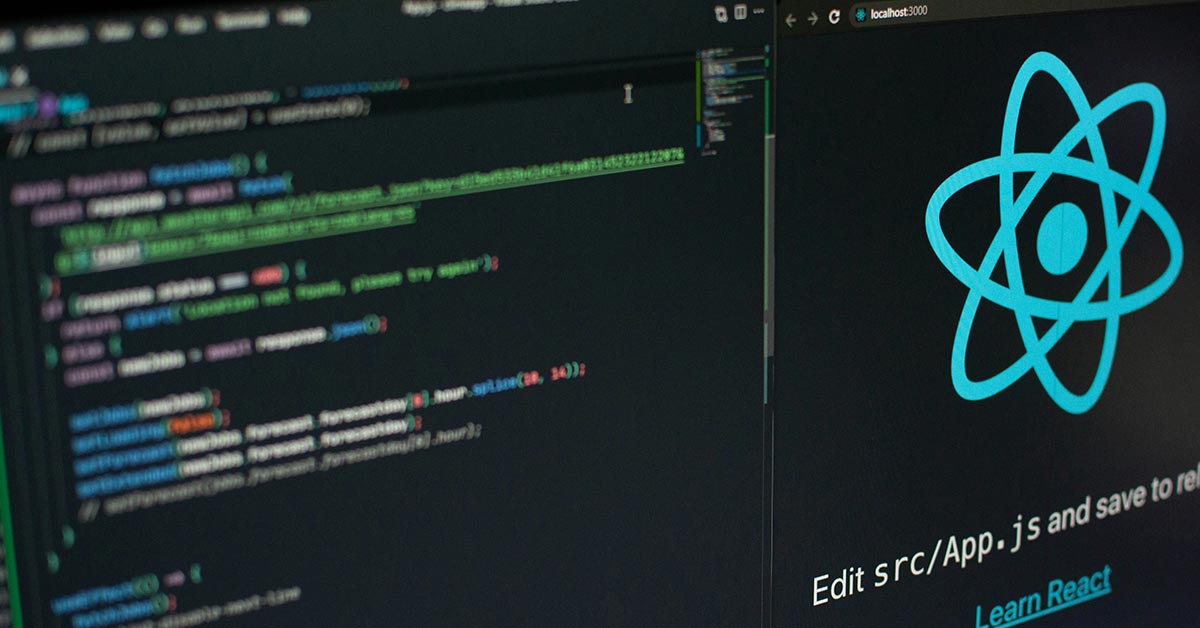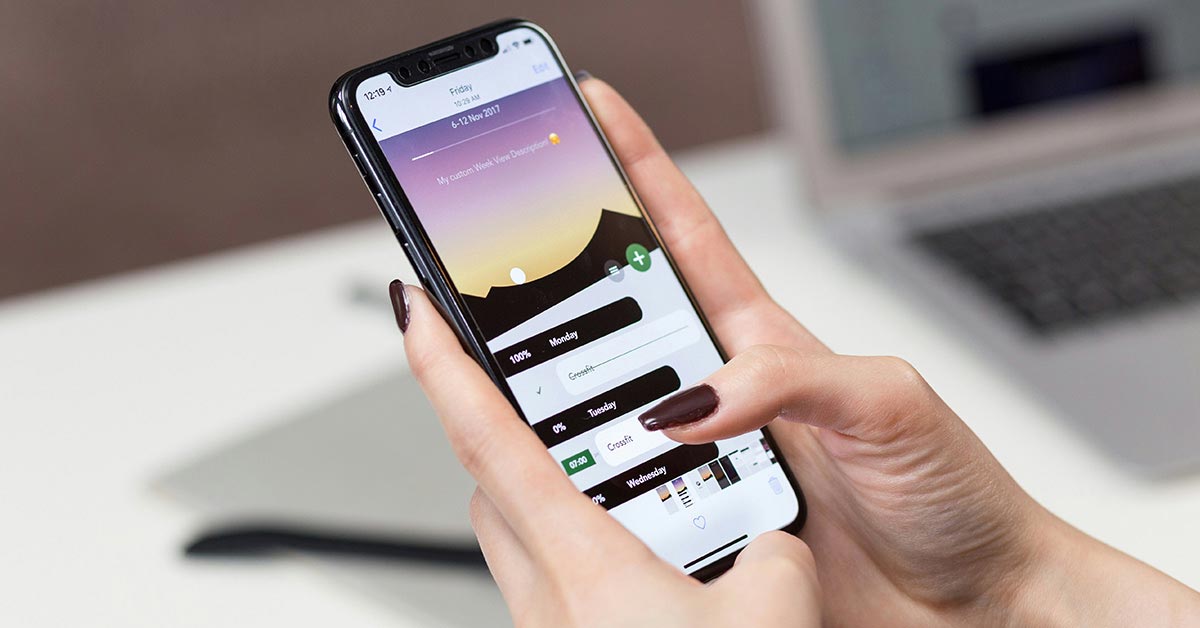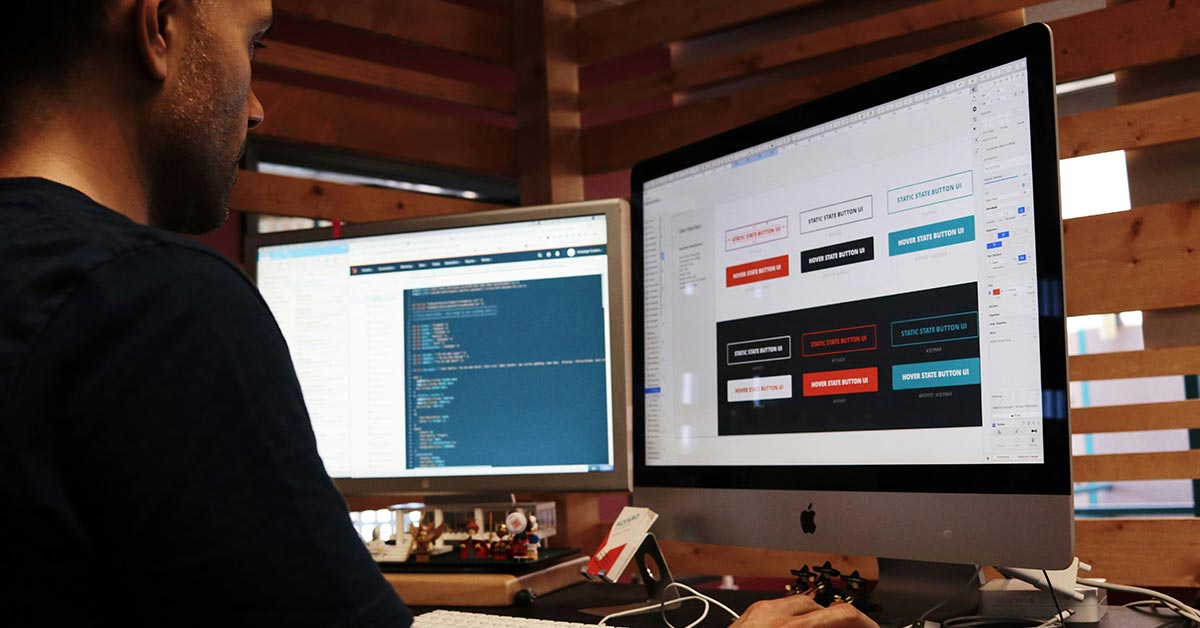Whether you know what app you are looking to create, have an idea in mind or are just starting, it is helpful to think of the stages of mobile app development ahead to turn your app from idea to reality.
The stages of mobile app development are:
- Idea generation
- Requirements gathering
- Design and wireframes
- Development
- Testing
- Market launch
- Maintenance
Idea Generation
If you don’t already know what type of app you want to create, then you will need to start with idea generation. Even if you have already set on an idea, it is important to refine this idea to ensure you have a clear and communicable proposition.
Requirements Gathering
Next is requirements. Dig deep into the features and running requirements of your app and create a requirements document. Its good idea to consider what your minimum viable product (MVP) is. This is the minimum that you can create to put out to market. Further development can then be mapped out for the future, speeding up time to market.
If you are undertaking requirements gathering for a software project – check out Requiment the requirements gathering software.
Design and Wireframes
To creative people, design is often the fun part of development where you decide the look your app will have. A fundamental part of the design process is wireframes. Wireframes are a sort of sketch outline of your system to identify all the required components. You decide what buttons, pages and links between them are required. You are laying out how the app will work. On top of this, you can form the design.
Development
Once you have fully mapped out your system based on your requirements you can begin development. You can choose to develop for Android, iOS or both. There are differences to take into account when making this choice. Our blog Android vs iOS: The Differences in App Development lays out these differences to help you choose.
Testing
Before you release the app to real users, rigorous testing is required to identify any bugs. Depending on your development approach, it is likely that you have been testing throughout development.
Market Launch
Once you have finished development and your app has passed testing, its time to launch it to the world. Generally, this will be to Google Play and/or Apple’s App Store.
Maintenance
All software requires maintenance. With changing user and operating requirements as well as bugs, you will need to continually review and maintain your app. It is also likely that you will work on further development of your app, such as adding game levels, functionality or improving useability.
Conclusion
The app development process will vary depending on the individual and the app type. It is not necessarily linear as you may move back to a previous step as ideas or priorities change. Game development will have much more focus on visuals and story, whereas an app for business use may focus on meeting target market functionality needs and security. Whatever type of app you are creating, these are the seven broad stages of mobile app development.
If you are looking to create an app we can help! Contact us to get started.
















